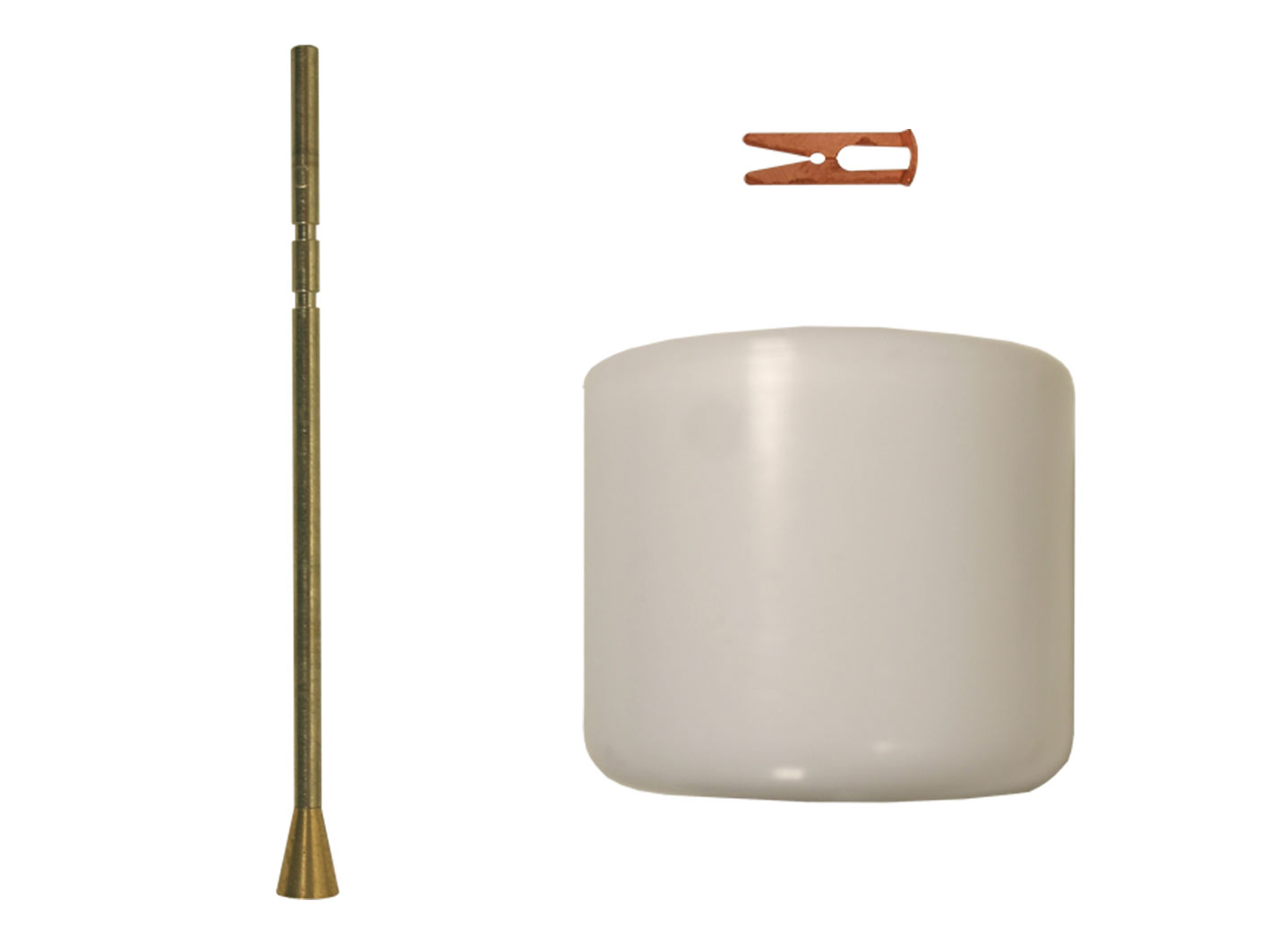Charles – could do an article I guess, I do have more than adequate drawing capability, but at the end of a day doing machine design on CAD (my day job) the last thing I want to do is draw some more! The other thing to consider is that the box tool is usually made to fit a particular lathe in the height and clearances so they can not easily be designed as a universal fit. (At risk of boring you with legal matters I don't really want my effort / drawings to become intellectual property of My Time Media or whoever for minimal if any cash.)
You could use bushings in the tool for various sizes of shaft IF a) they are well secured against falling out b) there is enough adjustment length designed in for the HSS tool to cope with the diameter range of the bushings.
Again these tools were typically made for a particular production job making hundreds of thousands of parts, so each was purpose built. They were only an afternoon's work for a toolmaker so designing in variability / wide adjustment range was not a focus. We'd make them, adjust them to run the job well, and after that they made parts until sharpening time for the HSS tool, or the setup was torn down to do a setup for a different part. On some of the tools used often, we would make a gauge plug with a tail the rod size and an end at diameter to correctly set tool position. Using this plug, setup after sharpening took seconds – just move the tool up to the setup diameter and clamp it, start the job again. These plug gauges were stored on the tool in a drilled hole with a homemade brass set screw in a drilled and tapped hole at 90 degrees to the storage hole to secure them. Brass screw prevented marring the OD.
CHARLES lipscombe.





